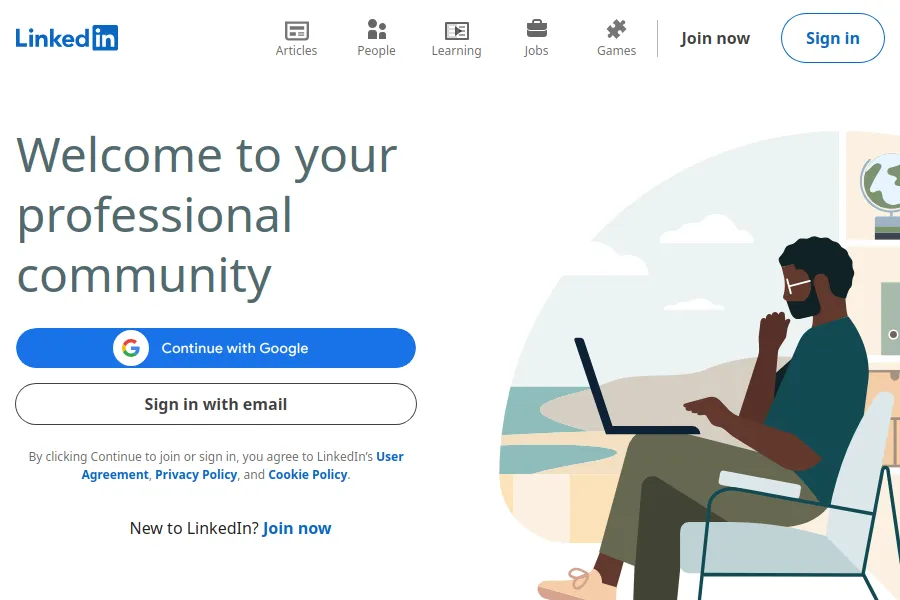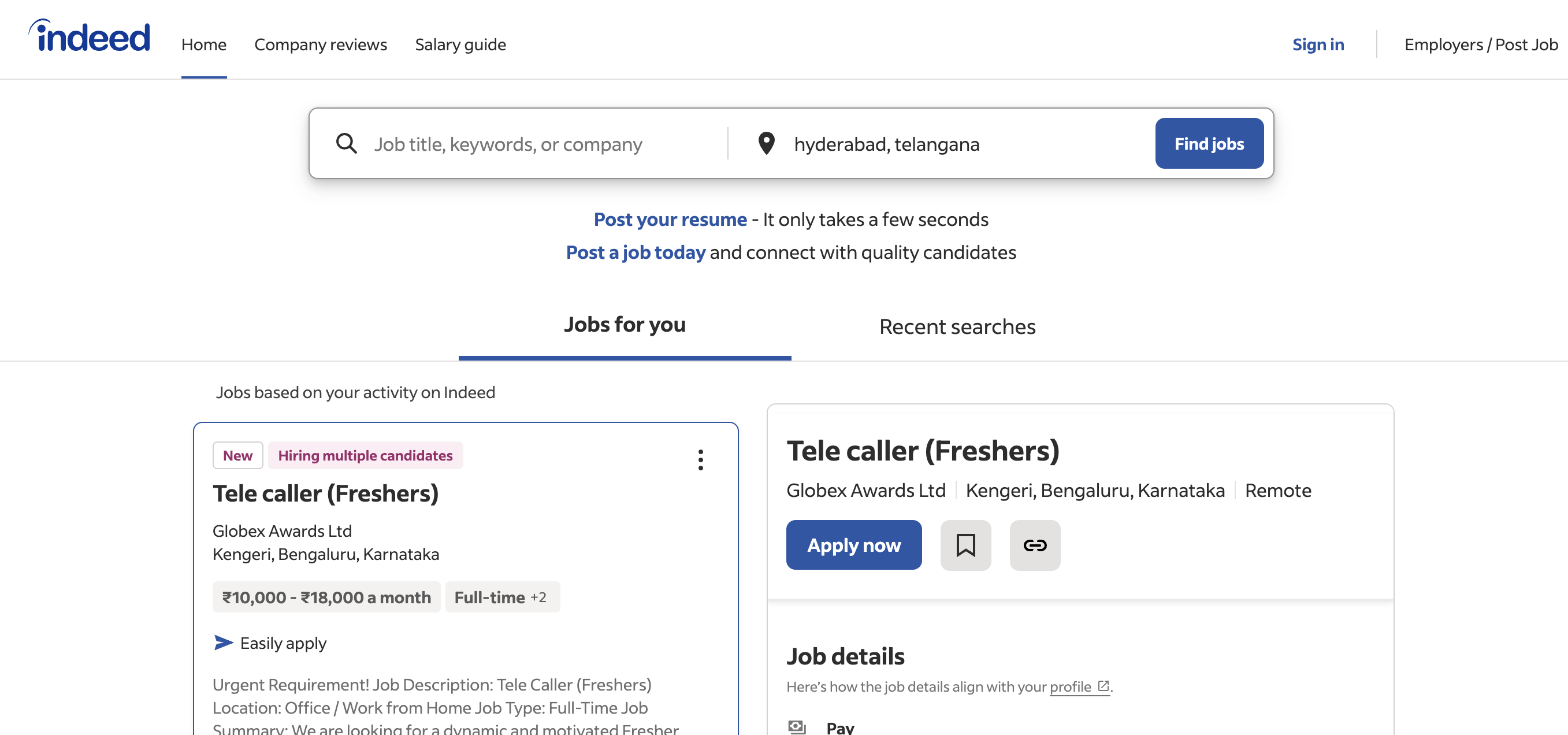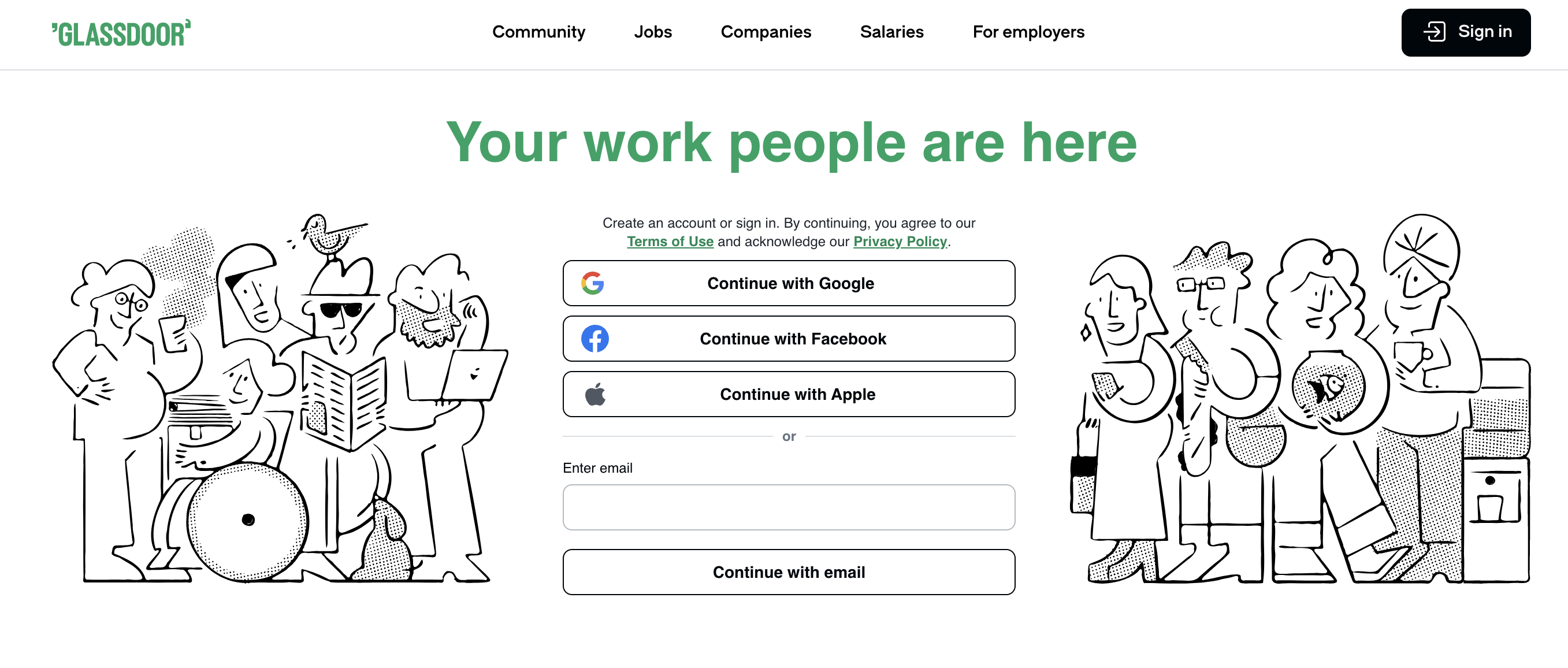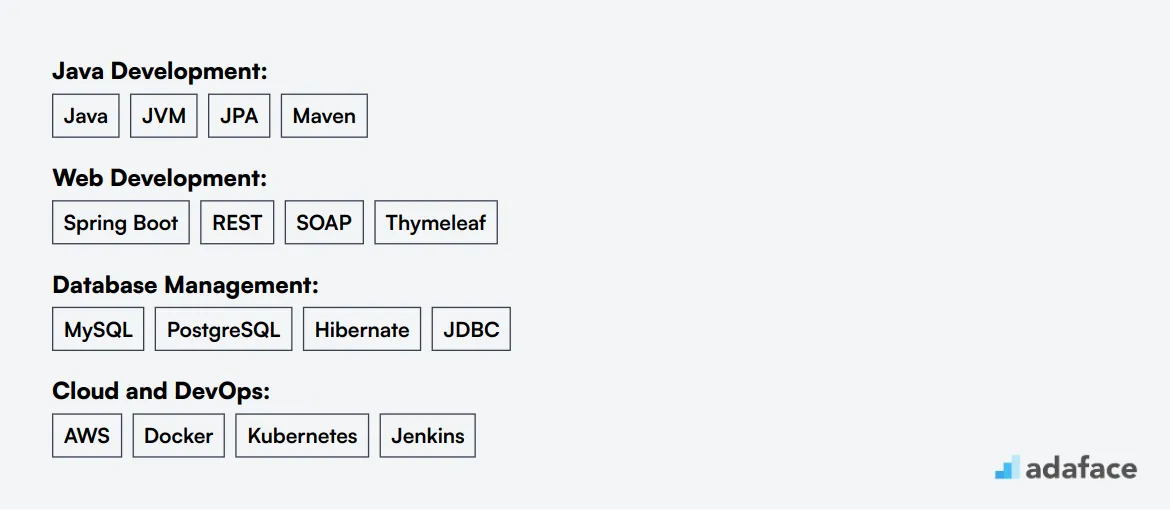In today's tech-driven world, finding the right Spring Boot Developer can be a game-changer for your company. As a recruiter or hiring manager, it's important to recognize that the demand for skilled developers who can design, develop, and maintain applications using the Spring Boot framework is growing rapidly. But all too often, companies miss the mark by not fully understanding the unique skill sets these developers bring. When hiring, it's essential to seek candidates who not only have technical prowess but also the ability to adapt and innovate in fast-paced environments.
This article offers a comprehensive guide to hiring a Spring Boot Developer. We'll cover everything from crafting an effective job description to assessing technical skills and structuring the interview process. For further reading on skills required for this role, check out our blog on skills required for Spring Boot developers.
Table of contents
Why Hire a Spring Boot Developer?
To determine if you need a Spring Boot developer, start by identifying specific challenges in your application development process. For example, you might be struggling with slow deployment times or difficulty in scaling your Java applications.
Consider use cases where a Spring Boot developer could add value:
- Streamlining microservices architecture
- Improving API development and integration
- Enhancing application performance and security
If these issues are ongoing and critical to your business, it's time to hire a full-time Spring Boot developer. For short-term projects or to test the waters, working with a consultant or agency might be a better fit.

What does a Spring Boot Developer do?
A Spring Boot Developer is responsible for building and maintaining applications using the Spring Boot framework, which simplifies the development of production-ready applications. They work closely with other developers and teams to deliver scalable and secure software solutions.
Day-to-day tasks of a Spring Boot Developer typically include:
- Designing and developing high-performance applications using Spring Boot.
- Collaborating with front-end developers to integrate user-facing elements.
- Writing reusable code and libraries to enhance system efficiency.
- Participating in code reviews and ensuring adherence to best practices.
- Implementing security and data protection measures.
For a detailed list of required skills, you can refer to skills required for Spring Boot Developer.
Spring Boot Developer Hiring Process
Hiring a Spring Boot Developer typically spans over several weeks. Understanding the timeline can help streamline your efforts.
- Start by crafting a clear and detailed job description tailored to the Spring Boot Developer role. Post it on relevant platforms to attract qualified candidates.
- Expect to receive resumes within the first week. Review them carefully to shortlist candidates who meet your criteria.
- After shortlisting, conduct skills assessments to evaluate the technical capabilities of candidates. Depending on your process, this may involve coding tests or practical case studies, taking about a week.
- The next step is to schedule interviews with the shortlisted candidates. After the interviews, you can proceed to make an offer to the best candidate.
Overall, the entire process can take about 1 to 2 months, depending on the speed of your hiring team. Each of these steps will be explored further with handy checklists and resources to assist you.
Key Skills and Qualifications for a Spring Boot Developer
Hiring a Spring Boot developer can be tricky, especially when defining the ideal candidate profile. It's important to distinguish between required and preferred skills, as what works for one organization may not apply to another. Below, you'll find a list that outlines the essential skills and qualifications to consider for this role.
Required Skills:
- Proven experience with Spring Boot and Java development
- Strong understanding of RESTful web services and microservices architecture
- Experience with relational databases like MySQL, PostgreSQL, or Oracle
- Familiarity with version control systems such as Git
- Bachelor’s degree in Computer Science or related field
Preferred Skills:
- Experience with cloud platforms like AWS or Azure
- Knowledge of front-end technologies such as Angular or React
- Familiarity with DevOps practices and CI/CD pipelines
- Understanding of security protocols and best practices
- Experience with Spring Security and OAuth
| Required skills and qualifications | Preferred skills and qualifications |
|---|---|
| Proven experience with Spring Boot and Java development | Experience with cloud platforms like AWS or Azure |
| Strong understanding of RESTful web services and microservices architecture | Knowledge of front-end technologies such as Angular or React |
| Experience with relational databases like MySQL, PostgreSQL, or Oracle | Familiarity with DevOps practices and CI/CD pipelines |
| Familiarity with version control systems such as Git | Understanding of security protocols and best practices |
| Bachelor’s degree in Computer Science or related field | Experience with Spring Security and OAuth |
Writing an Effective Spring Boot Developer Job Description
Once you've identified the ideal candidate profile, the next step is crafting a job description that attracts the right talent. Here are some quick tips to create a compelling Spring Boot Developer job description:
• Highlight key responsibilities: Clearly outline the role's main tasks, such as developing microservices, integrating with databases, and implementing RESTful APIs using Spring Boot.
• Balance technical and soft skills: While emphasizing Spring Boot expertise, also mention desired soft skills like problem-solving and teamwork.
• Showcase your company's USP: Highlight unique aspects of your organization, such as innovative projects or growth opportunities, to stand out from other employers.
• Be specific about requirements: List must-have skills (e.g., Java, Spring Framework) and nice-to-have experiences (e.g., cloud platforms, DevOps tools) to attract well-matched candidates.
Top Platforms to Hire Spring Boot Developers
Now that you have a well-crafted job description, it's time to list it on job boards to attract candidates. The right platform can make a big difference in finding qualified Spring Boot developers. Let's explore some top options for sourcing talent.
LinkedIn Jobs
Ideal for finding full-time Spring Boot developers. Offers a large pool of professional candidates and allows for detailed job postings with specific requirements.

Indeed
Excellent for posting full-time Spring Boot developer positions. Provides a wide reach and allows for easy application processes.

Glassdoor Jobs
Good for full-time hiring with the added benefit of company reviews. Attracts candidates who are interested in company culture and long-term prospects.

For freelance and remote hiring, platforms like Toptal, Upwork, FlexJobs, and We Work Remotely offer specialized pools of Spring Boot talent. These sites cater to different needs, from project-based work to fully remote positions. Tech-focused job boards like Stack Overflow Jobs and Dice are great for reaching developers with specific technical skills. Remember, each platform has its strengths, so choose based on your hiring needs and company culture.
Keywords to Look for in Spring Boot Developer Resumes
Resume screening is a crucial first step in hiring Spring Boot developers. It helps you quickly identify candidates with the right skills and experience before investing time in interviews.

When manually screening resumes, focus on key technical skills like Java, Spring Boot, RESTful APIs, and microservices. Look for experience with databases like MySQL or PostgreSQL, and familiarity with cloud platforms such as AWS or Azure.
AI tools can streamline the resume screening process. You can use ChatGPT or similar language models to analyze resumes based on a custom prompt that outlines the skills required for a Spring Boot developer.
Here's a sample prompt for AI-assisted resume screening:
TASK: Screen resumes for Spring Boot Developer role
INPUT: Resumes
OUTPUT:
- Candidate Name
- Matching keywords
- Score (out of 10)
- Recommendation
- Shortlist (Yes/No/Maybe)
KEYWORDS:
- Java, Spring Boot, RESTful APIs
- Microservices, Cloud platforms (AWS/Azure)
- Databases (MySQL, PostgreSQL)
- Version control (Git)
- DevOps, CI/CD
Customize this prompt based on your specific requirements and use it with an AI tool to quickly filter Spring Boot developer resumes.
Recommended Skills Tests for Assessing Spring Boot Developers
Using skills tests is a smart way to ensure that your candidates have the technical prowess needed for a Spring Boot Developer role. Skills tests provide an objective and effective measure of a candidate's coding abilities and understanding of relevant technologies, making your hiring process more reliable.
Java Spring Test: This test evaluates candidates on their knowledge and application of the Java Spring framework, which is the foundation for building secure and scalable web applications. Understanding Spring is essential as it powers Spring Boot applications.
Java Spring Hibernate Test: Assess candidates' ability to use Hibernate within the Spring ecosystem to manage complex databases efficiently. Linking Java Spring Hibernate Test ensures they can handle crucial data operations.
Java Spring SQL Test: This test checks if your candidate can integrate SQL databases with Spring applications, a common task for Spring Boot Developers. It helps determine candidates' proficiency in database management and query optimization.
Backend Engineer Assessment Test: While not exclusive to Spring Boot, this test covers the broader skills needed for backend development, including server-side logic and integration of web applications. Consider the Backend Engineer Assessment Test for a comprehensive evaluation.
Coding Data Structures Arrays Test: Evaluates candidates on their understanding of data structures, which is foundational for efficient coding. This test helps identify a Spring Boot Developer's capability to handle data-intensive applications.
Case Study Assignments to Hire Spring Boot Developers
Case study assignments are a valuable tool for assessing potential Spring Boot developers. They provide real-world scenarios that test a candidate's problem-solving skills and technical knowledge. However, they can also be time-consuming, leading to lower participation rates and the potential loss of strong candidates. Despite these drawbacks, well-constructed case studies can be insightful.
- Build a REST API: In this case study, candidates are tasked with creating a RESTful API using Spring Boot. This assignment evaluates their understanding of REST principles and API design. It is recommended because REST APIs are crucial in modern software development, particularly in microservices architecture. For more on relevant skills, see skills required for Spring Boot developers.
- Integrate with a Database: This exercise involves connecting a Spring Boot application to a database and performing basic CRUD operations. It assesses a candidate's ability to manage data persistence and interact with databases, which is essential for backend development. The practical application of these skills is indispensable for any developer working in data-intensive environments.
- Implement Security Features: Candidates are asked to add security measures like authentication and authorization to a Spring Boot application. This task tests their knowledge of securing applications, a vital component to protect data and ensure user privacy. Security is a non-negotiable requirement in most software projects, making this a valuable assessment tool.
How to Structure the Interview Stage for Hiring Spring Boot Developers
Candidates who pass the skills tests should move to the technical interview stage where their hard skills are thoroughly tested. While skills tests help filter out unfit candidates, interviews are necessary to identify the best ones for the specific role. In these interviews, asking targeted questions will help assess their depth of knowledge and problem-solving abilities.
Here are some sample interview questions to consider for this role: 1) Explain the Spring Boot ecosystem and its benefits. This evaluates the candidate's foundational understanding. 2) Discuss a challenging bug you encountered while working with Spring Boot. This tests their problem-solving skills. 3) How do you handle errors in Spring Boot applications? It gives insight into their debugging abilities. 4) Describe your experience in integrating Spring Boot with microservices. This helps assess their practical experience. 5) Can you explain a RESTful API design within a Spring Boot project? This checks their understanding of API development. For more ideas, explore our Spring Boot Developer Interview Questions.
What's the difference between a Backend Spring Boot Developer and a Full Stack Spring Boot Developer?
Many hiring managers struggle to distinguish between Backend and Full Stack Spring Boot Developers. While both roles work with Spring Boot, their scope and responsibilities differ significantly.
Backend Spring Boot Developers focus solely on server-side operations and business logic. They specialize in API development, database management, and system integration. Their toolkit typically includes Spring Boot, Docker, and Postman for API testing.
Full Stack Spring Boot Developers, on the other hand, handle both client-side and server-side development. They're proficient in frontend technologies like HTML, CSS, and JavaScript, often using frameworks like Angular or React. These developers work on the entire application stack, from UI/UX design to backend integration.
The project scope also varies between these roles. Backend developers concentrate on backend components and collaborate closely with frontend teams. Full stack developers oversee the entire application, interacting with the full codebase and working alongside UI/UX designers.
When it comes to compensation, full stack developers generally command higher salaries due to their broader skill set and responsibilities. However, both roles are in high demand in the current job market.
| Backend Spring Boot Developer | Full Stack Spring Boot Developer | |
|---|---|---|
| Technical Focus | Server-side, Business Logic | Both Client-side and Server-side |
| Front-end Skills | Not Required | Proficient in HTML, CSS, JS |
| Main Responsibilities | API Development, Integration | API Development, UI/UX Design |
| Common Tools | Postman, Spring Boot, Docker | Angular/React, Spring Boot, Docker |
| Project Scope | Backend Components | Entire Application |
| Codebase Interaction | Backend Codebase | Full Codebase |
| Collaboration with | Frontend Developers | UI/UX Designers |
| Average Salary | Medium | High |
Hire the Best Spring Boot Developers
Throughout this guide, we covered the essentials of hiring a Spring Boot Developer, from understanding their role and responsibilities to crafting effective job descriptions and structuring the interview process. We also highlighted the key skills and qualifications you should look for, as well as platforms to find top talent.
The takeaway here is that using well-crafted job descriptions and tailored skills assessments can significantly improve your hiring accuracy. Implementing targeted skills tests, such as a Java Spring Test, helps ensure you find the right candidate for your specific needs, streamlining the recruitment process and setting your team up for success.
Spring Online Test
FAQs
Include the key responsibilities, required skills such as Java proficiency and experience with Spring Boot, and preferred qualifications like knowledge of microservices architecture.
Skills include strong Java programming, experience with Spring Boot framework, understanding of REST APIs, databases, and familiarity with DevOps practices.
Top platforms include LinkedIn, GitHub, and specialized job boards like Stack Overflow Jobs. You can also consider using recruitment firms or networking at tech conferences.
Use technical assessments such as coding tests, and evaluate past projects or contributions on platforms like GitHub. You can also check out our Spring Test for a focused assessment.
A Backend Developer focuses on server-side logic and integration, while a Full Stack Developer handles both frontend and backend tasks, often involving UI/UX design as well.
Ask about their experience with Spring Boot, problem-solving approaches, understanding of microservices, and past projects. Consider these Spring Boot interview questions for more ideas.
Use case study assignments that simulate real-world challenges, allowing them to demonstrate their approach to solving problems using Spring Boot.

40 min skill tests.
No trick questions.
Accurate shortlisting.
We make it easy for you to find the best candidates in your pipeline with a 40 min skills test.
Try for freeRelated posts
Free resources



